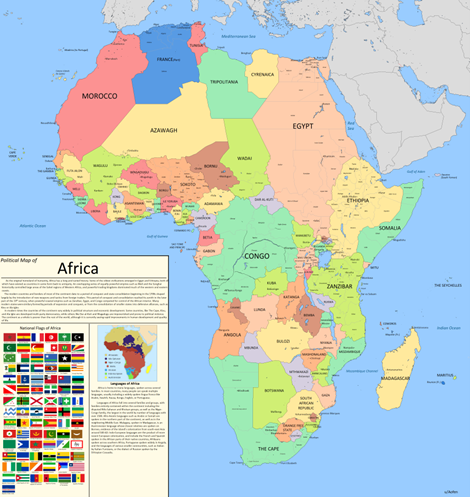Public performance has been common in Africa for a long time. Masquerades in the primary sense, that is, shows where masks are shown, accompanied by dances and songs, are consubstantial with African culture. Even in the case of secret initiations, some parts of the rites are public, as in the Makishi masquerade in Zambia, which is listed as an intangible cultural heritage of humanity, just as the invocation of spirits (rain dance, etc.), a typical occasion for masquerades, is public. Traditional dances and songs were even promoted by the colonizers, contrary to their general attitude towards African culture, because their tourist potential. Dances became “folkloric” because they were stripped of their cultural (even if only the language) and religious connection between the actors and the spectators. This was recognized as early as the end of the Second World War. Oral literature is intended for an audience listening to the words live.
Actors, dancers, singers, and storytellers are not necessarily professionals in the performing arts, except at the court of kings and, for the part of West Africa concerned, the caste of griots. However, troupes of paid professional dancers were created during colonization in the 1930s.
Theatre is absent from traditional culture. Specific to urban culture, it was imported by Westerners and gradually became established in the modern era.
The art of costumes, jewelry and various adornments, hairstyles, body paintings and scarifications is as varied as African culture with a thousand ethnic groups can be. Body art served to make visual one’s belonging to an ethnic group, a religion, a sex, an age group, a marital status, a social situation, etc.
The colonial regime was strongly opposed to these practices and incessant campaigns were conducted to encourage health and decency in matters of dress and to eliminate all body art. Studies on the subject are therefore rare and late. Post-independence governments were no more tolerant of this point of view, some regimes even creating from scratch national costumes whose wearing was supposed to reflect adherence to the national identity of the new state.
For more information :
- https://fr.wikipedia.org/wiki/Portail:Afrique
- https://en.wikipedia.org/wiki/Africa
- https://africacenter.org/
- https://journals.openedition.org/etudesafricaines/
- https://etudes-africaines.cnrs.fr/
- https://journals.openedition.org/etudesafricaines/
- https://www.afdb.org/fr/documents-publications/economic-perspectives-en-afrique-2024

